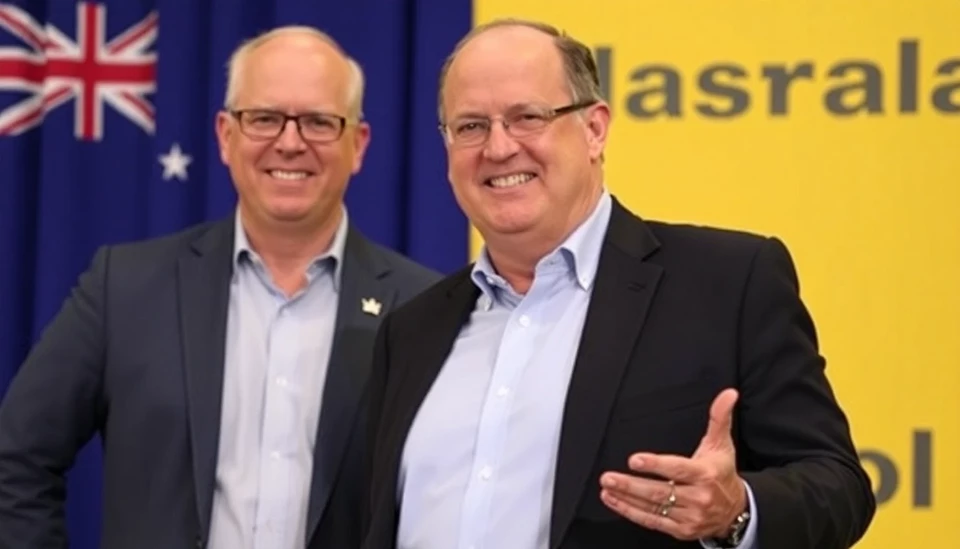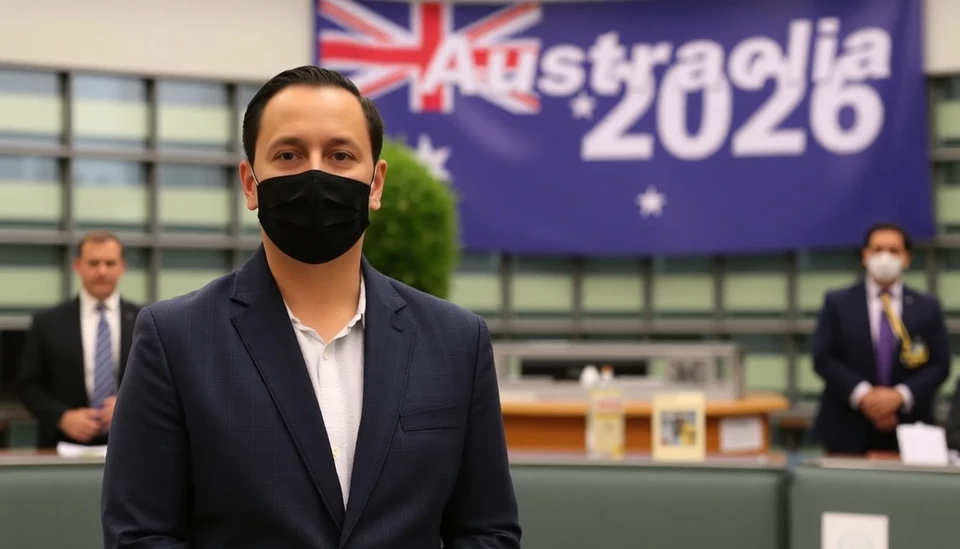
In a significant shift towards accommodating economic conditions, Australia is poised to implement its first interest rate cut since 2020. This anticipated decision is reflective of mounting trade risks and economic pressures that have emerged in recent months. The Reserve Bank of Australia (RBA) is closely monitoring these developments as global economic factors increasingly influence domestic stability.
Leading up to this potential rate decrease, Australia has faced a series of economic challenges, including uncertainty in international trade and shifts in consumer sentiment. Analysts predict that the RBA, which has kept rates at historically high levels to combat inflation, may find it necessary to adjust its monetary policy to foster a more conducive environment for growth. This move is particularly crucial considering the sluggishness observed in various sectors of the economy, which has sparked concerns among policymakers.
The impact of global economic conditions cannot be understated. Trade tensions, particularly with key partners, have prompted questions about the resilience of Australia’s export-driven markets. As countries navigate complex geopolitical landscapes and economic slowdowns, Australian businesses are increasingly feeling the effects of these challenges. Experts believe that a rate cut could serve as a counterbalance to these external pressures by stimulating domestic spending and investment.
In recent meetings, RBA officials have signaled attentiveness to the evolving economic climate. There is a growing consensus that a rate cut could help alleviate some of the financial strain faced by households and businesses alike. By reducing borrowing costs, the central bank aims to encourage spending and boost economic activity at a time when caution is prevalent among consumers.
Moreover, data trends indicate that inflation rates may be stabilizing, allowing the RBA some leeway to reconsider its approach to interest rates. Economists suggest that while the rate cut may not address all underlying issues, it represents a necessary step towards ensuring the economic recovery remains on track amid external uncertainties.
In summary, as Australia stands on the brink of its first rate cut in three years, all eyes will be on the RBA's forthcoming decisions. The anticipated move indicates a proactive stance in responding to changing economic circumstances and signifies a broader acknowledgment of the interconnected nature of global trade and domestic prosperity.
With growing concerns over international trade and its effects on the local economy, Australian policymakers are faced with critical decisions that will shape the nation’s financial landscape in the immediate future.
Stay connected as we continue to monitor developments surrounding Australia’s economic outlook and the Reserve Bank's impending decisions.
#Australia #InterestRates #Economy #RBA #TradeRisks #Finance #MonetaryPolicy #EconomicGrowth
Author: Daniel Foster




